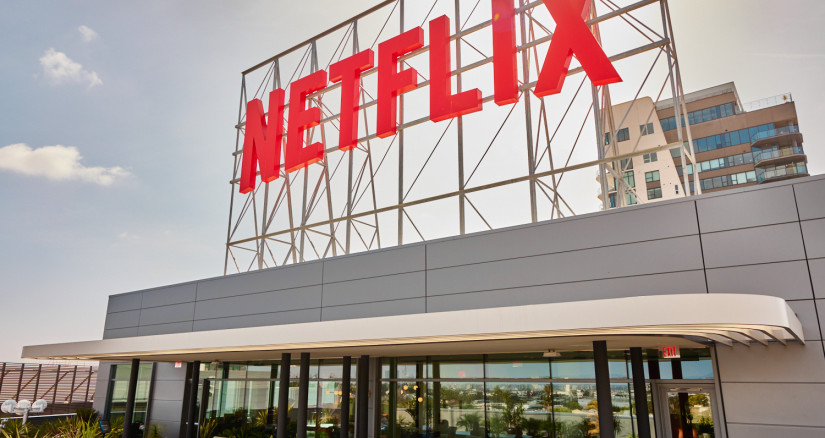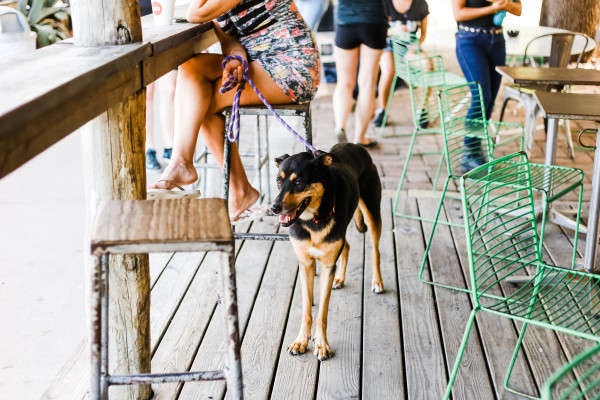
Netflix is Stepping into the Real World, But Should They Just Stick to the Screen?
If you’ve ever read any of the articles written by my colleague, Eric Rittenhouse, you know by now that experience is everything. Companies like Starbucks, Barnes and Noble, and Coach have all shifted gears in recent years to focus on consumer experience over physical goods, and now, Netflix is hopping on the trend.
A few weeks ago, Netflix’s CEO Marian Lee announced the launch of Netflix House, a series of locations with themed rooms, activities, restaurants, and gift shops inspired by different Netflix properties like Wednesday and Squid Games. Lee reported that two Netflix Houses are coming to Philadelphia and Dallas in 2025, and a third will open on the Las Vegas strip in 2027.
I’m a sucker for creative, immersive experiences, so I was excited when I heard the news, despite not having seen very many of Netflix’s original movies or TV shows. However, there is a bit of skepticism in me that wonders how this will work out, if at all.
Theme Park Triumphs
Of course, these kinds of themed interactive experiences have been wildly successful. The obvious two that come to mind are Disney World, which is shifting to more experience-based virtual rides and immersive scenery, and Universal Studios, which just opened a brand new park. Even without rides, experiences like Meow Wolf, a series of interactive art exhibitions, are well-known for being otherworldly and unforgettable. Even Renaissance festivals have immersive shows, shops, and food stalls that draw crowds year after year. At first glance, Netflix House seems like it’d fit right in and might even fill in a gap where Disney’s unattainable prices have left some searching for other experiences that come at a more affordable cost.

Photo by mstandret
Amusement Adversity
Unfortunately, there have also been several times when this approach hasn’t worked. Did you know that Hard Rock Café very briefly had a theme park? Hard Rock Park opened in April 2008 and ran for five months before economic downturn and poor marketing forced park management into declaring bankruptcy and selling the park. The park closed permanently in 2009. Disney is notorious for its popular theme parks and impressive revenue, but its chain of sports bars, ESPN Zone, closed for good in 2018.
Utah has its own story to tell in the failed attraction department. Evermore Park opened in Pleasant Grove in 2018 and was designed to be an immersive village filled with diverse fantasy characters, rich storylines, and quests for patrons to complete for in-world rewards. This dream was short-lived, though. The park ran into several struggles, such as a running out of funding before construction was finished (as well as several of the finished buildings not being up to code), temporarily closing in 2020 due to the pandemic, and engaging in a legal battle with Taylor Swift. After the tumultuous journey involving debt, several temporary closures, and dwindling fans, Evermore Park closed permanently in 2024. It’s rare that a theme park has this many fumbles, but Evermore’s remains serve as a reminder that immersive attractions are a risky business.
Only time will tell if Netflix’s decision to get physical is a profitable one—immersive attractions are risky, after all—but I do appreciate the idea of turning a solitary experience into a social one. Unless you’re hosting a movie night, Netflix is usually an individual experience, or one that just a few people engage in at a time. Netflix House gives people an opportunity to experience popular movies and television in a more social way.
My question, as usual, is: where can this be done in the pet industry?

Photo by _lex_lux
Who Let the Dogs Out? Where Can They Go?
Aside from dog parks and the occasional pet-friendly retail store, there aren’t many places for people to bring and socialize with their pets. This strikes me as odd, especially considering just how many people have pets, and how much people enjoy spending time with them. Around 50% of Americans are even canceling plans to spend time with their pets. If there’s so much demand for pet-centric spaces, why haven’t we tapped into it yet?
Businesses like BARK Air and Bar K have opened the door to the world of experiences people can bring their pets to, but there are ways for smaller businesses to do this, too. You don’t have to build a cat café from the ground up, but you could have in-store events that bring people in to socialize with other pet parents and their pets. Your brand could even partner with local businesses that are willing to use their facilities to host pet-friendly events or pet-friendly nights. There are hurdles to overcome when it comes to making spaces more pet-centric, but if these are experiences that people are willing to pay for, the right solution will come along for your brand.
At BSM Partners, we love pets and their parents. Let us help you build the perfect pet-centric experience for your customers. Our expertise spans from consumer insights to animal health and behavior, and we can provide your brand with the information you need to make your business a social one for people and their pets. Want more places to bring your pooch? Let’s talk.
Follow us on LinkedIn for the latest updates on all things happening here at BSM Partners.
About the Author
Cady Wolf is an Analyst at BSM Partners. She graduated magna cum laude with a degree in English from Brigham Young University-Idaho, and she currently lives in Rexburg, Idaho with her husband, their two cats, and pet tortoise. She loves animals and learning about how to help pet brands and pet parents alike.
This content is the property of BSM Partners. Reproduction or retransmission or repurposing of any portion of this content is expressly prohibited without the approval of BSM Partners and is governed by the terms and conditions explained here.